10 Foods That Are Actually Poisonous to Humans
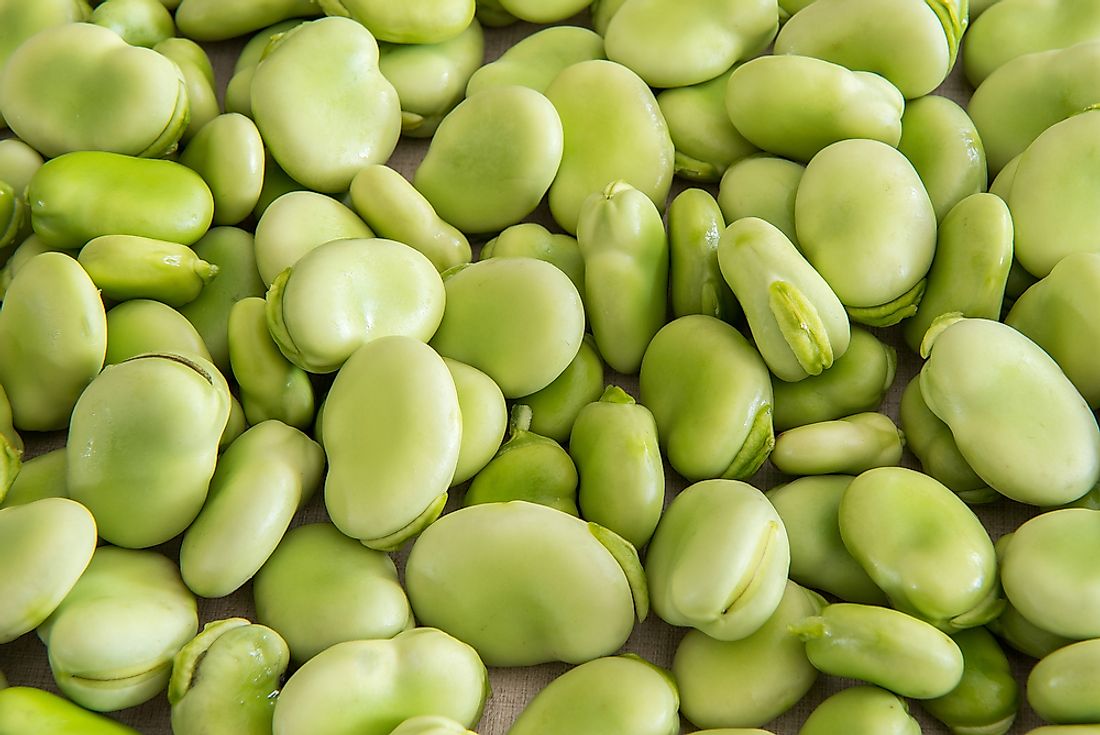
During the early stages of human evolution, when the Homo sapiens species was beginning to take shape, the diet consisted of nuts and meat which were diets they took from their ape ancestors. However, the early man started moving away from his native jungle origin and began to spread around the world. During the exodus, the man started discovering new foods with better nutritional value while coming up with better ways of preparing the existing food items. The process of which man knew what plants and animals were safe to eat is not entirely known, but a few theories have been coined by scientists, some stating that it was a process of “trial and error.” However, even after millennia of evolution, some of the modern food can be toxic and can cause instant death but man has come up with ways of preparing the food, so it does not cause him any harm.
10. Elderberries
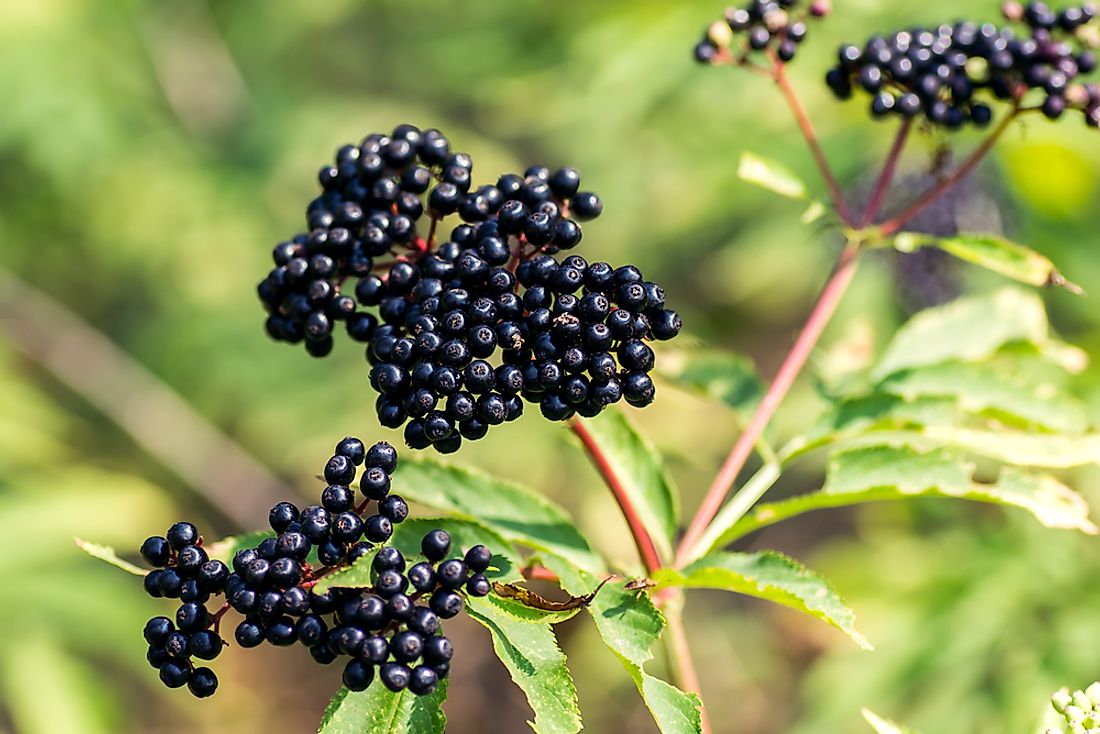
Elderberries grow on small bush plants. When fully-ripened, elderberries are edible fruits which have a sweet taste and are also used in the pharmaceutical industry for making elderberry syrup. Elderberry bushes are distinguished by the color of berry they produce and are divided into three varieties: black elderberries, blue elderberries, and red elderberries. However, the entire plant outside of the ripened cooked berries is poisonous for human consumption with the consumption of its bark, leaves, roots, and unripe berries causing nausea and severe stomach upsets. Even the ripe berries have to be cooked first to eliminate the glycoside contained in the seeds.
9. Apples
Apples are one of the most popular fruits in the world. Apple trees are resilient plants able to grow in different climates and hence are found all over the world. Inside an apple, the seeds are clustered together to form a core which people are discouraged from taking and with good reason. Apple seeds contain a substance called amygdalin which is laden with a lethal poison known as cyanide. While the seeds from one apple contain a non-significant amount of cyanide, ingesting over 20 apple cores is known to cause instant death.
8. Lima Beans
Lima beans are legumes whose origin can be traced to the Andes. The famous bean is a favorite source of protein and fiber for many all over the world. However, like many leguminous plants, the seeds contain cyanide-based compounds which are a natural defensive system. Lima beans have a notoriety above all other legumes with the high content of cyanide-based linamarin contained in the seeds, and hence the beans absolutely need to be cooked thoroughly with the boiled water drained.
7. Nutmeg
Nutmeg is a popular spice used to add flavor in foods derived from the seed of the nutmeg tree (Myristica fragrans). Nutmeg is a favorite ingredient for the making of pumpkin pie due to its sweet flavor. However, this sweet spice has been used as a drug in the past after the seeds were grounded to make a snuff. The reason behind this usage is the presence of an oxidase inhibitor known as myristicin. Ingestion of small quantities of nutmeg has no effects, but when consumed in large quantities, the myristicin content causes dehydration, hallucination, nausea, and paranoia and can even be fatal.
6. Almonds
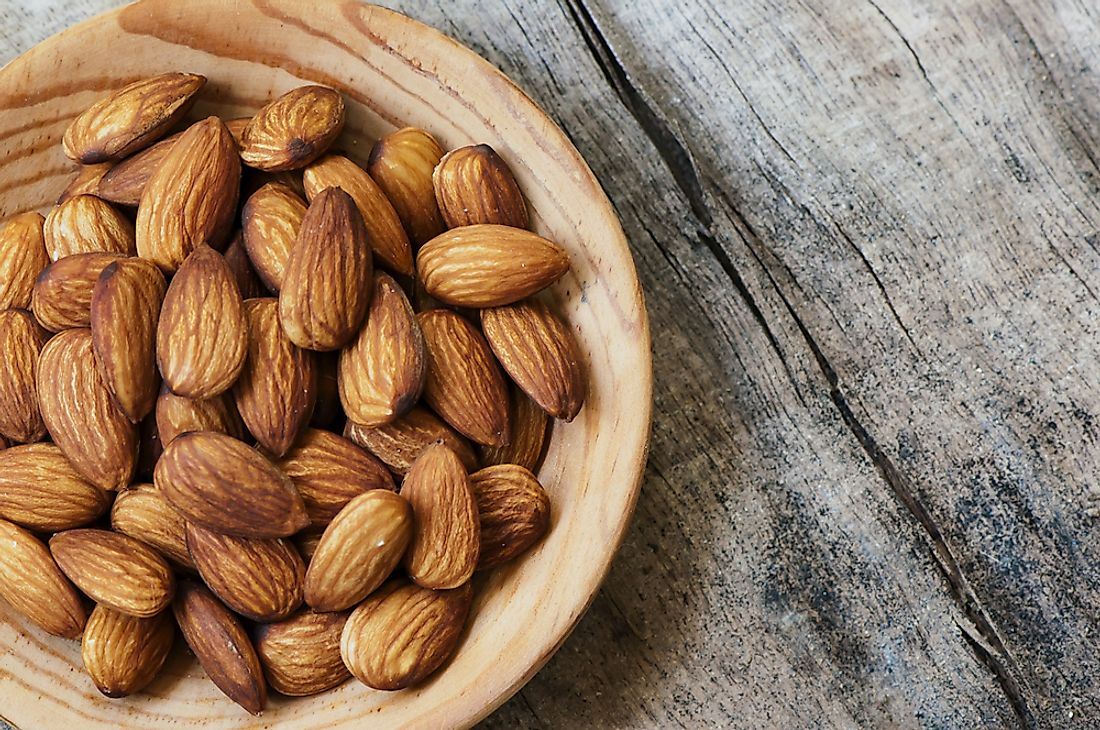
Almonds are a source of vitamin E, healthy fats, and fiber and are a favorite snack for many people all over the world. Almonds come in two distinct flavors: sweet almonds and bitter almonds. Sweet almonds are safe to eat even in large quantities. However, ingestion of the bitter almonds has been heavily discouraged with some countries such as the US, imposing complete ban on their sale. Bitter almonds grown in the wild contain high levels of cyanide which are lethal when ingested. It is estimated that the amount of cyanide contained in 10-70 wild bitter almonds can be lethal to a healthy adult human.
5. Pufferfish
Pufferfish is the name given to fish from the family of Tetraodontidae and are famous for their defensive system from predators where they gulp water which makes the fish appear to be bigger. The puffer fish is also famous for its toxicity. The fish secretes a poison (tetrodotoxin) that is 1,200 times deadlier than cyanide and is one of the most poisonous animals in the world. Although the fish has enough toxins to kill 30 people, it is a delicacy enjoyed predominantly in Japan. People eat the poisonous fish for its ability to induce a feeling of ecstasy. For it to be safe for consumption, the fish is prepared by highly-skilled chefs.
4. Cashews
Cashew nuts are the most popular type of nuts in Europe and are either consumed or ground and used as ingredients for making different types of foods and snacks. Cashew nuts are a favorite source of fiber, unsaturated fat, and minerals. Cashew nuts are never sold with their shells intact, and the reason is not for easy consumption. The shell of the cashew nuts as well as its leaves contains phenolic lipids, cardanol, and anacardic acid, all of which are toxins which are harmful to humans when ingested.
3. Rhubarb
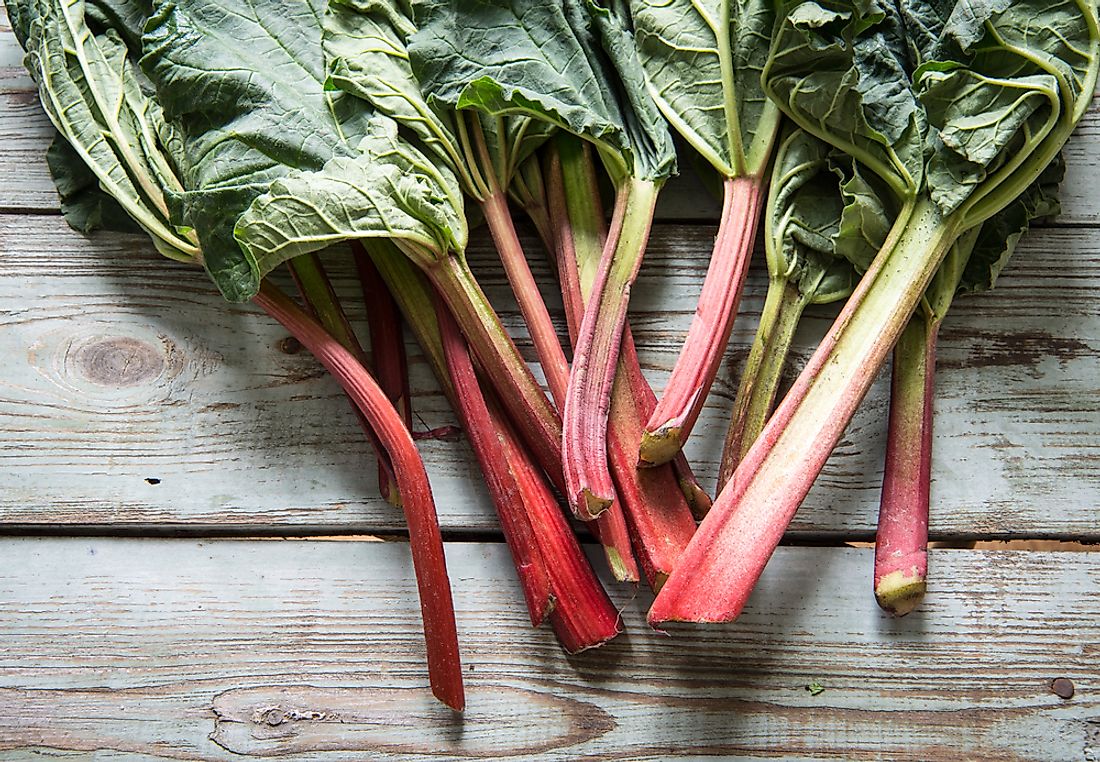
Rhubarb is a popular herb used in making desserts and is favored for its low sugar content and high fiber content. However, only the barks of the plant are edible with its leaves having lethal toxins which include oxalic acid and anthraquinone glycosides. When enough doses are ingested, the toxins cause stomach aches, nausea, difficulty when breathing, comatose, and ultimately death.
2. Asparagus
Asparagus is a popular vegetable consumed for its high fiber content as well as its rich mineral contents. Only the stalks and shoots of this plant are ingested with its berries being poisonous. Ingesting a few of its berries cause severe diarrhea and vomiting. The effects can, be neutralized by consumption of ground charcoal.
1. Tomatoes
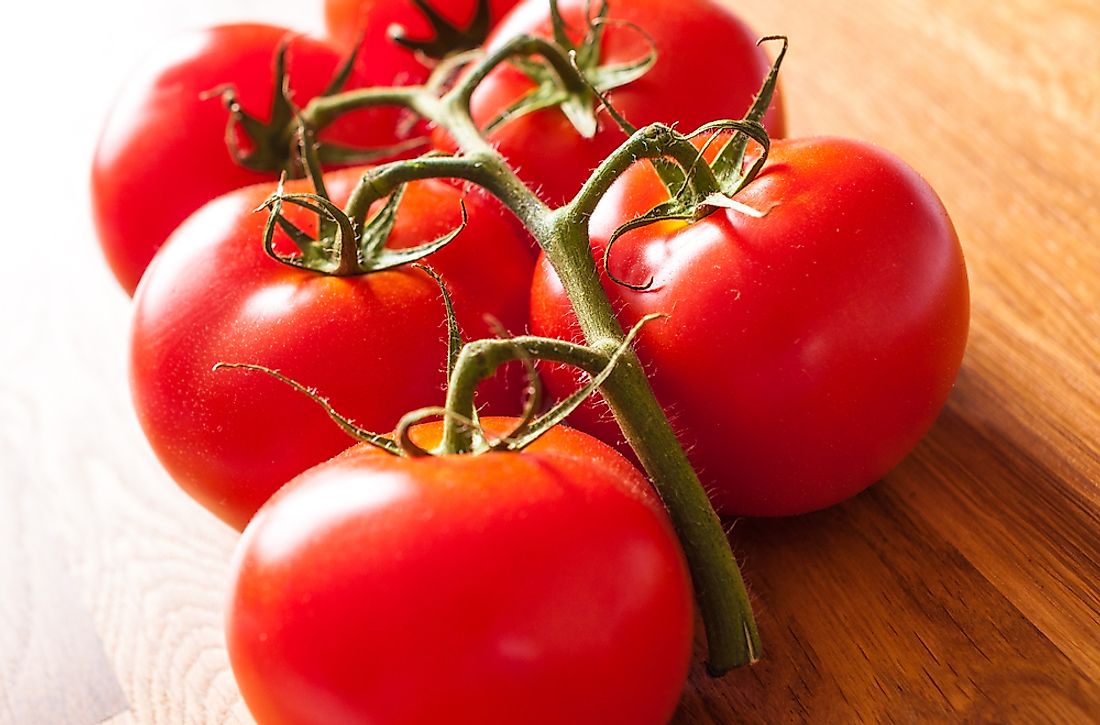
Tomatoes are famous all over the world due to their nutritional and vitamin content. The vegetable (or fruit, depending on who is asked) is used in the preparation of meals and can also be eaten raw. However, several other parts of the tomato plant are toxic when ingested including the leaves, roots, and stalk which contain the toxic compound known as tomatine.











